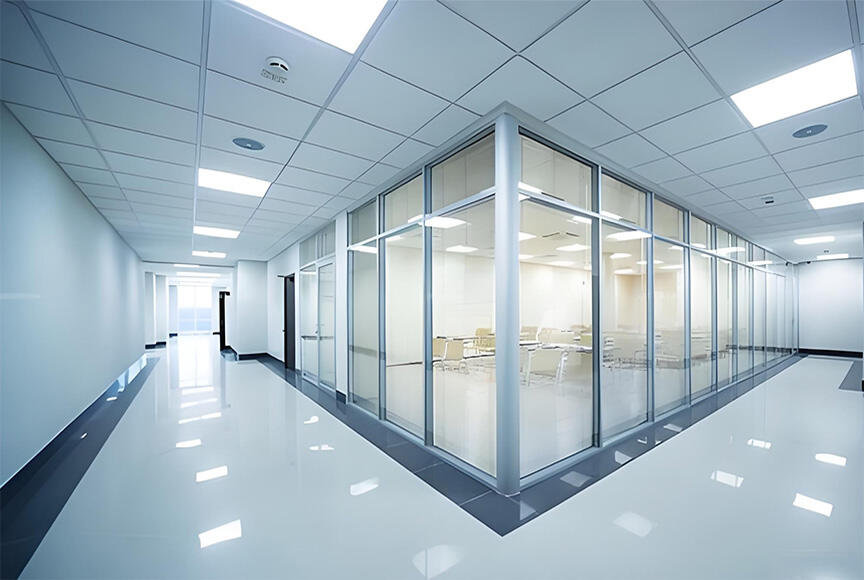metal ceiling systems
Metal ceiling systems represent a sophisticated architectural solution that combines aesthetics with functionality in modern construction. These systems consist of meticulously engineered panels, typically manufactured from aluminum, steel, or other metal alloys, designed to create seamless overhead surfaces in various environments. The systems incorporate advanced installation mechanisms, including clip-in, lay-in, and suspension systems, ensuring secure and precise fitting. Their versatility allows for integration with essential building services such as lighting, HVAC, and fire safety systems. Metal ceiling systems offer exceptional durability and can be customized with different perforation patterns, colors, and finishes to meet specific acoustic and visual requirements. They excel in both interior and exterior applications, from corporate offices and retail spaces to transportation hubs and healthcare facilities. These systems are engineered to meet stringent building codes and safety standards while providing easy access to the plenum space for maintenance. The technology behind these systems has evolved to include antimicrobial coatings, enhanced acoustic properties, and sustainable materials, making them an ideal choice for modern construction projects that demand both performance and aesthetic appeal.


